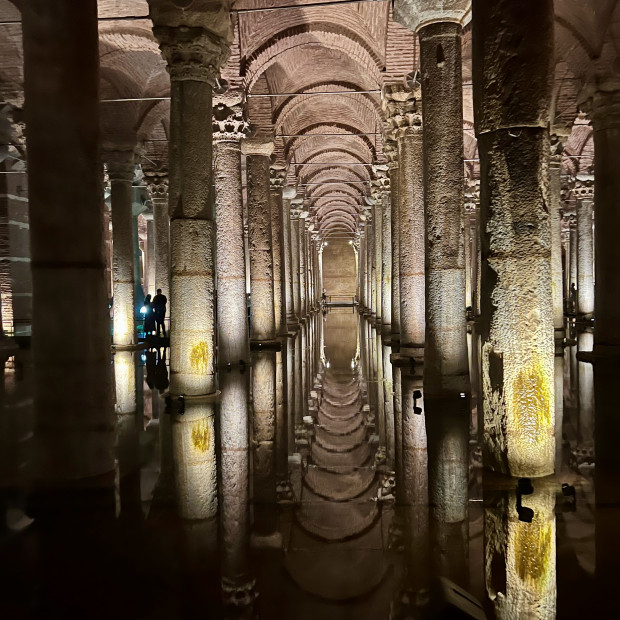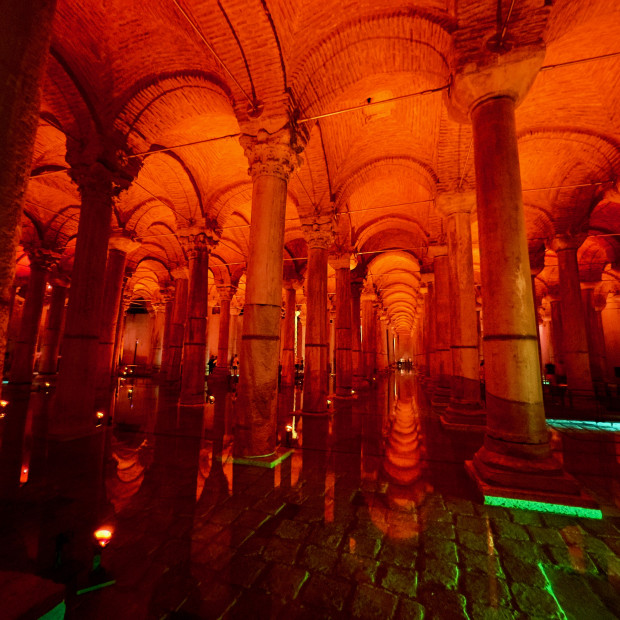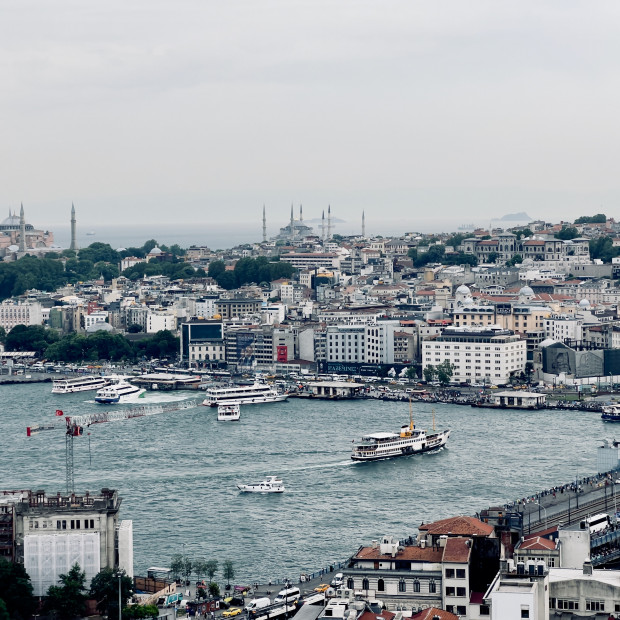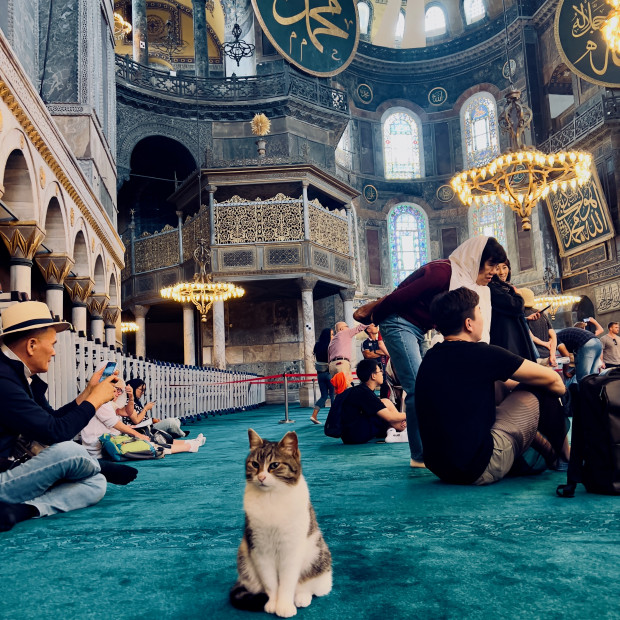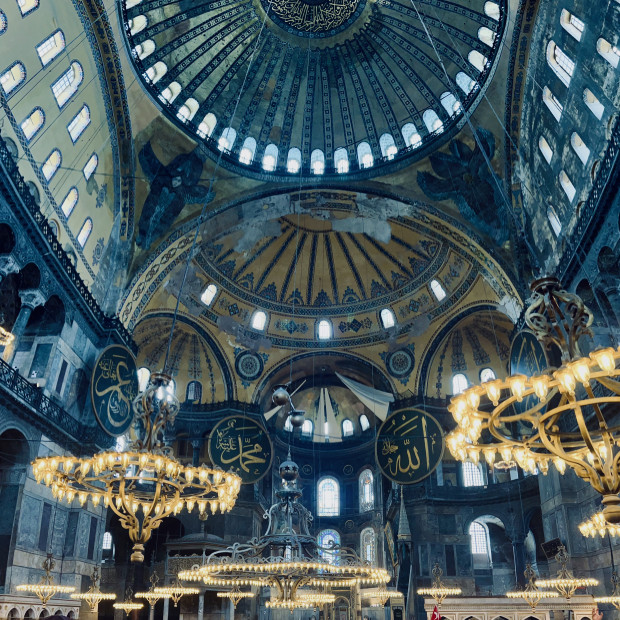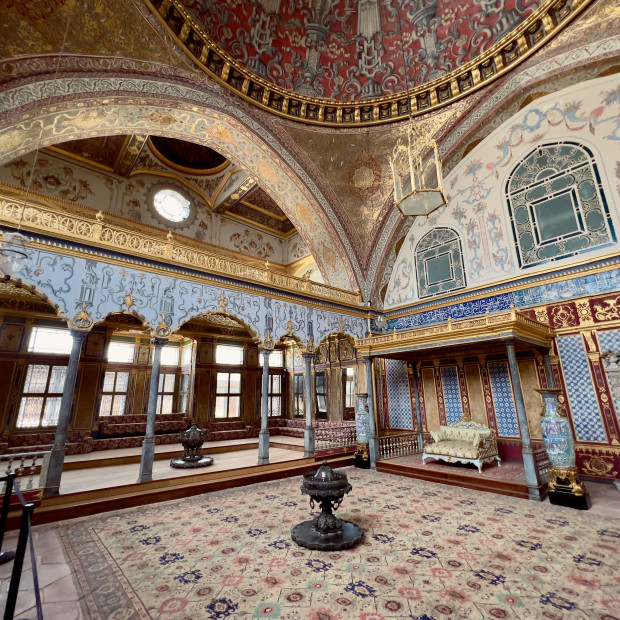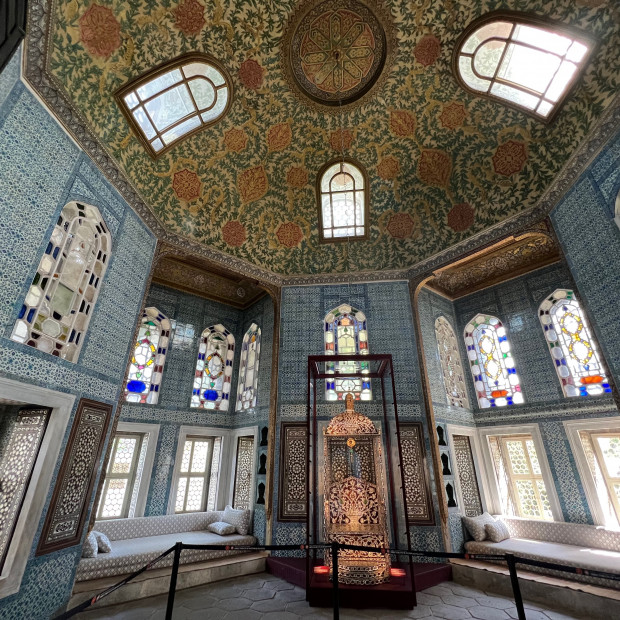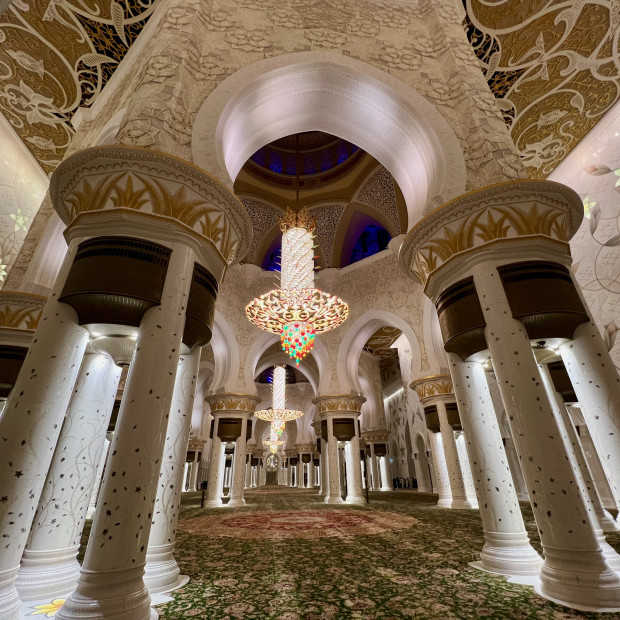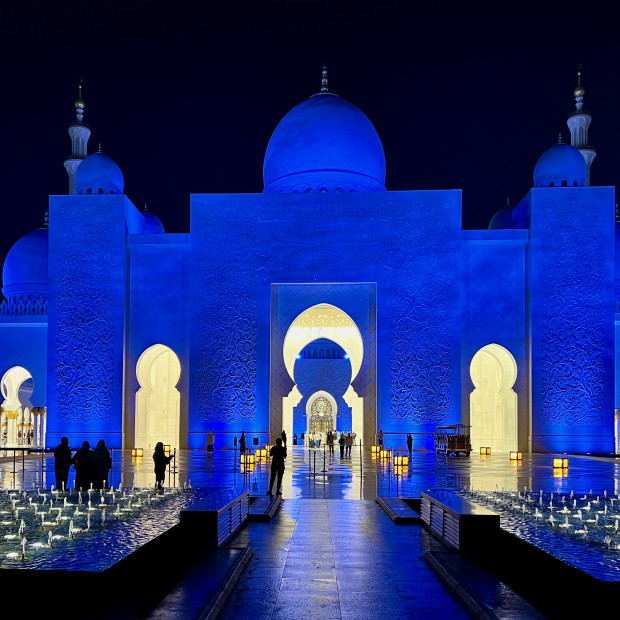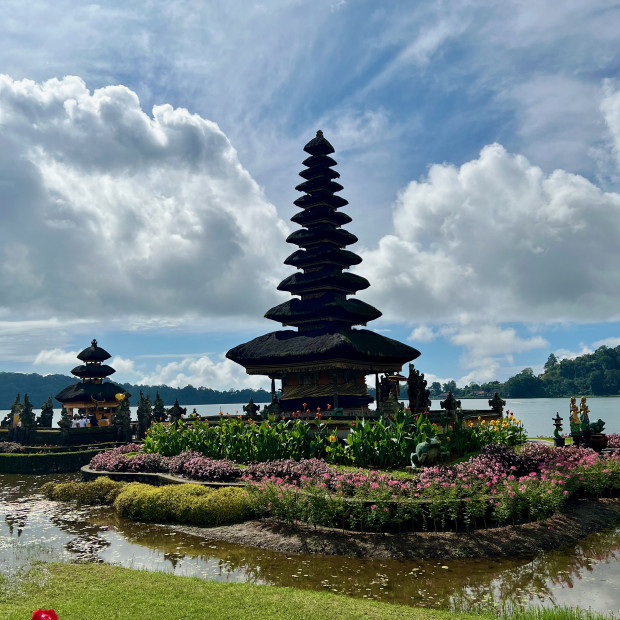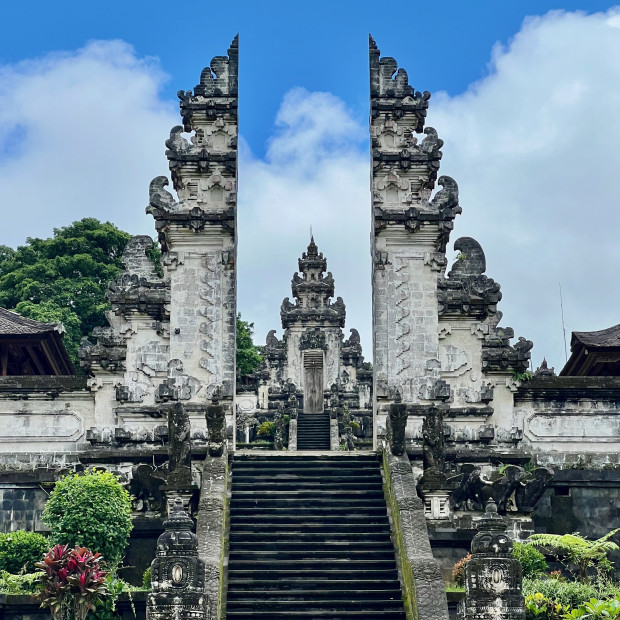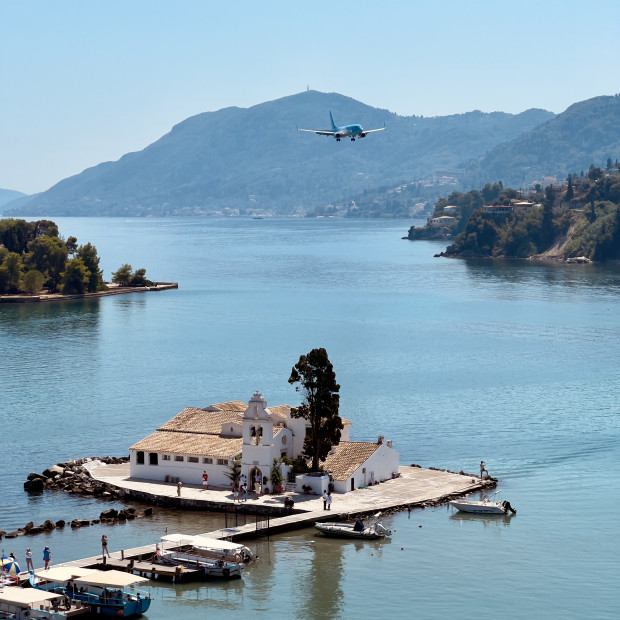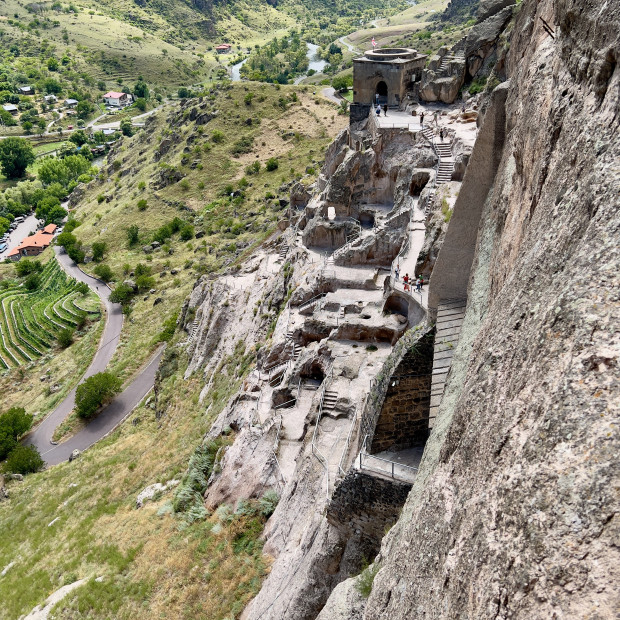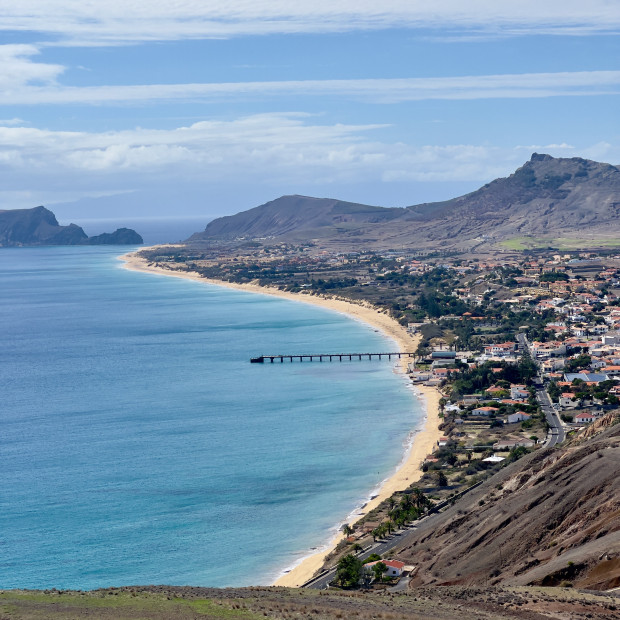About this place
Hagia Sophia, also known as Ayasofya, is an iconic historical monument located in Istanbul, Turkey. Originally built as a cathedral in the Byzantine Empire, it later served as a mosque and is now a museum. Its construction was commissioned by the Byzantine Emperor Justinian I and completed in 537 AD.
Hagia Sophia is renowned for its magnificent architectural design, blending elements of Byzantine and Ottoman styles. The structure features a large central dome supported by massive piers and semi-domes, with intricate mosaics, marble columns, and stunning decorative details throughout.
The interior of Hagia Sophia is awe-inspiring, with its vast open space, elegant galleries, and beautiful artwork. The most prominent feature is the central dome, which creates a sense of grandeur and spaciousness. The dome is adorned with intricate Byzantine mosaics depicting religious figures and scenes.
Over the centuries, Hagia Sophia has witnessed various historical events and undergone several transformations. In the 15th century, following the Ottoman conquest of Constantinople, it was converted into a mosque. The Ottoman Empire added minarets and made other modifications to adapt it to Islamic worship.
In 1935, under the decision of the Republic of Turkey, Hagia Sophia was transformed into a museum, symbolizing the country's secular values and serving as a cultural and historical landmark. However, in 2020, it was converted back into a mosque.


